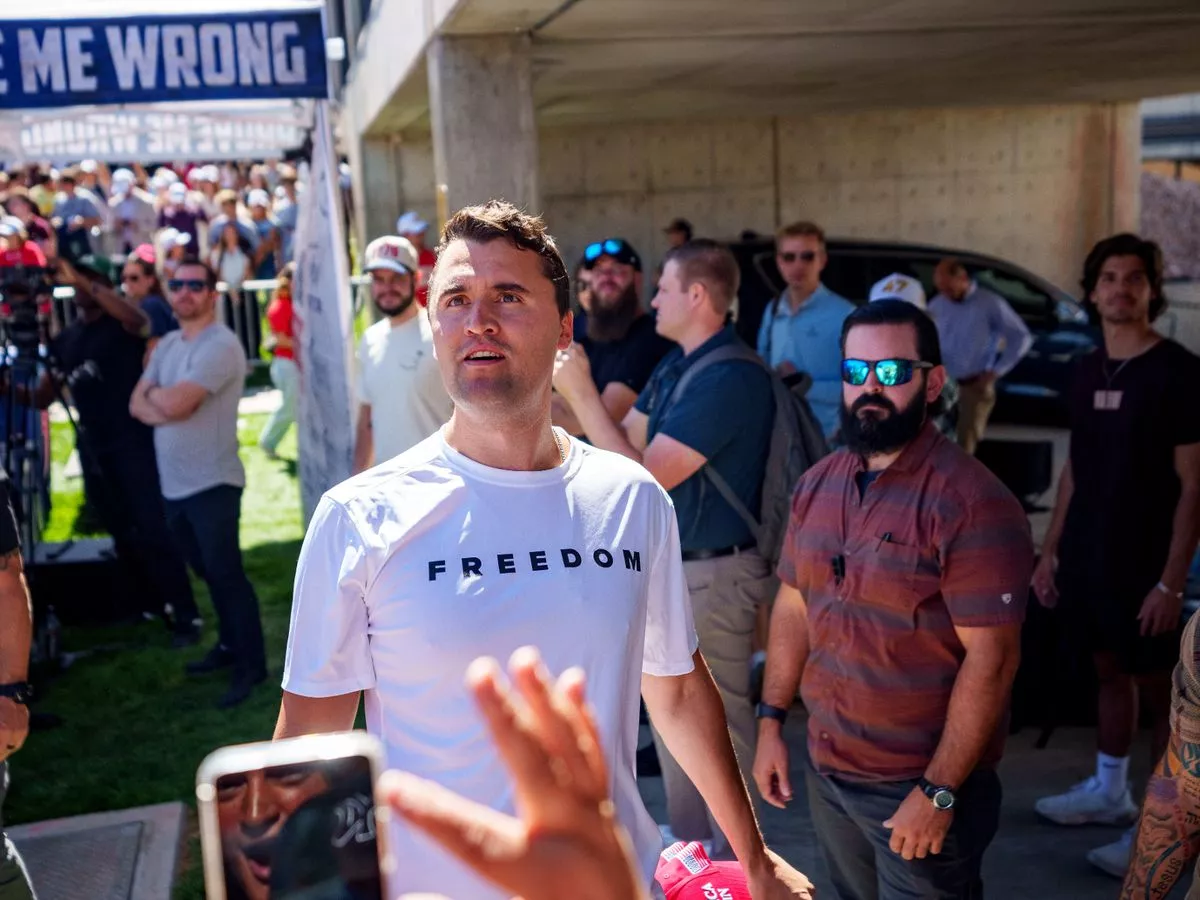By Contributor,Rodger Dean Duncan
Copyright forbes

In an age of endless content and constant noise, clarity is a competitive advantage.
That’s why the six-word story—a deceptively simple exercise popularized by Ernest Hemingway’s legendary line, “For sale: baby shoes, never worn”—has become a powerful tool for leaders seeking to distill their purpose, presence, and impact.
It’s up for debate whether Hemingway actually penned those words on a napkin to win a bet. But the story’s emotional gravity and narrative precision have endured.
Today, this exercise is used in classrooms and workshops to teach brevity, intentionality, and the art of what’s left unsaid. For leaders, it offers something more: a mirror.
When leaders write their own six-word stories, they confront the essence of how they show up for others. They strip away jargon, titles, and performance metrics, revealing the emotional truth beneath their roles.
How Leaders Can Use This Exercise
The six-word story isn’t just a writing prompt. It’s a strategic lens. Here are six ways leaders can use it to clarify their role in bringing out the best in others:
Reveal Core Values – What six words define how you lead, make decisions, and relate to your team?
Model Vulnerability – Share a personal six-word memoir to deepen trust.
Distill Team Purpose – Co-create a story that reflects your shared mission.
Reflect on Legacy – Ask yourself: How do I want to be remembered?
Clarify Coaching Intentions – What’s your mantra for developing others?
Surface Unspoken Beliefs – What does your story reveal about your assumptions?
Here are a dozen evocative six-word stories a leader might write—each one capturing a different facet of leadership, from legacy to vulnerability:
MORE FOR YOU
“Built trust. Broke rules. Changed everything.” A story of bold leadership that prioritized relationships and transformation over convention.
“Listened deeply. They found their voice.” Reflects a coaching mindset where empowerment comes through presence and patience.
“Failed publicly. Owned it. Grew stronger.” Models vulnerability and resilience—turning mistakes into momentum.
“Vision unclear. Values steady. Team thrived.” Highlights the power of anchoring in purpose even amid uncertainty.
“Asked less. Empowered more. Results followed.” A shift from control to trust, with performance as the byproduct.
“Burned out. Reimagined. Led with heart.” Speaks to transformation through adversity and the emergence of more authentic leadership.
“Held space. They stepped into power.” A reflection on creating environments where others rise.
“Spoke last. Heard more. Led better.” Captures the wisdom of listening before leading.
“Chased metrics. Lost meaning. Reclaimed purpose.” A cautionary tale of realignment and rediscovery.
“Doubted self. Trusted team. Delivered excellence.” Speaks to humility, collaboration, and shared success.
“Protected culture. Defended values. Inspired loyalty.” A story of principled leadership and long-term impact.
“Asked why. Found truth. Changed course.” Highlights the power of inquiry and courageous pivots.
In a world that often rewards volume over value, the six-word story invites leaders to pause, reflect, and reconnect with what truly matters. It’s not just about what you say—it’s about what you mean.
And sometimes, six words are all it takes.
Editorial StandardsReprints & Permissions



